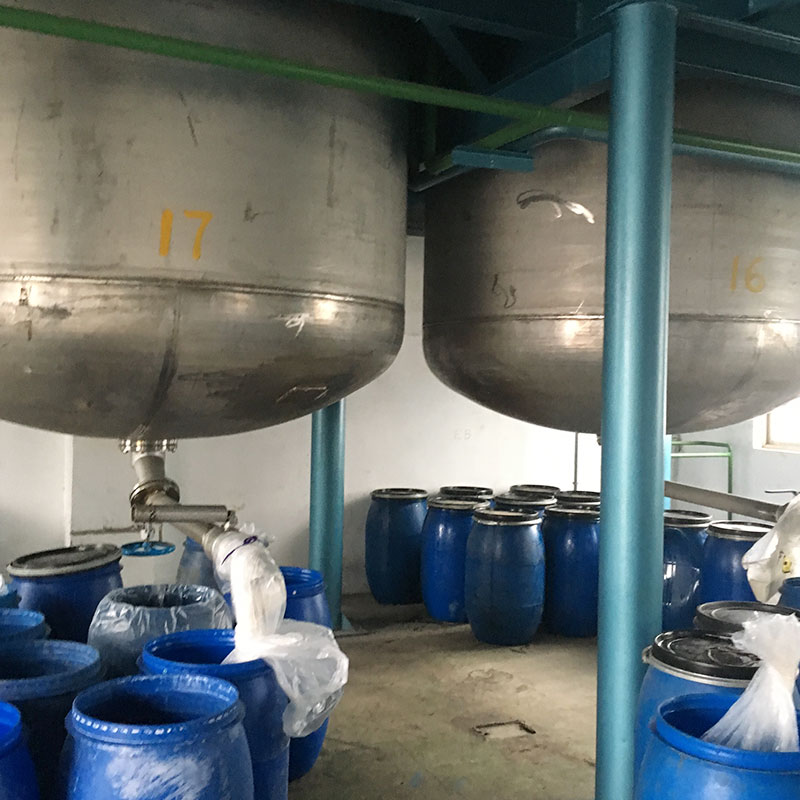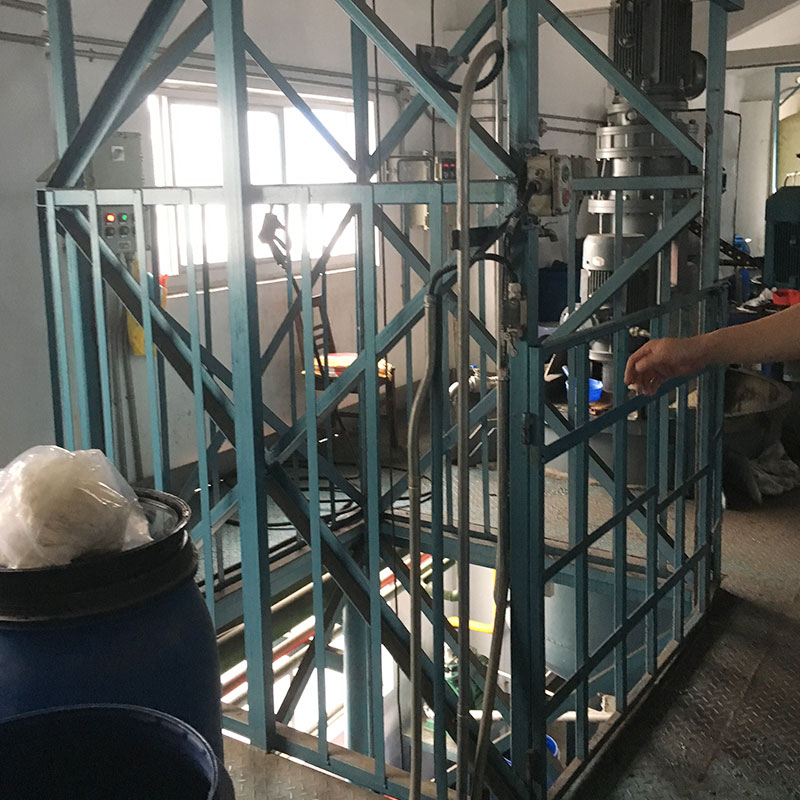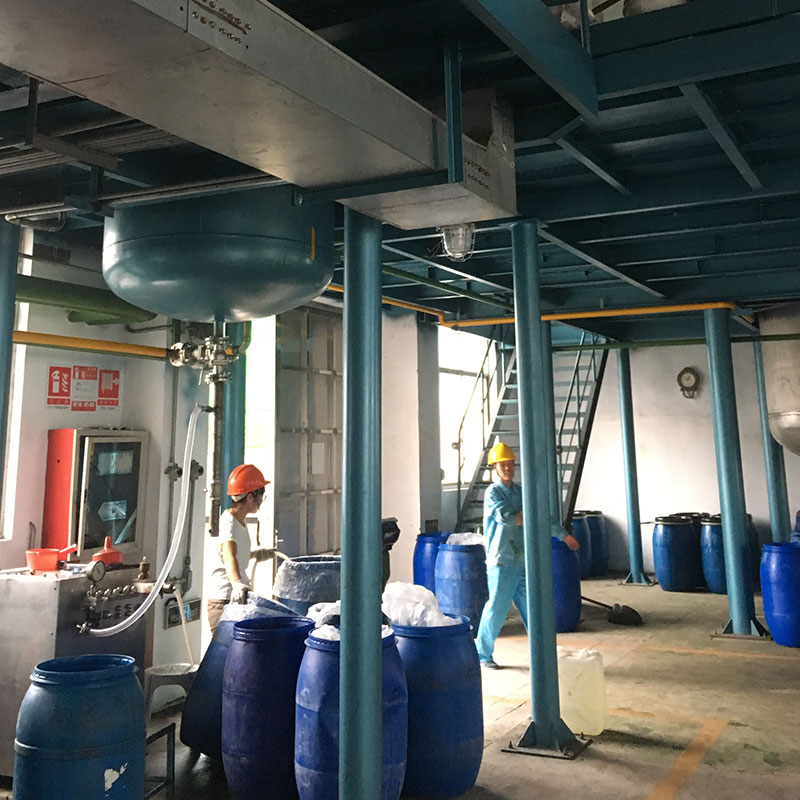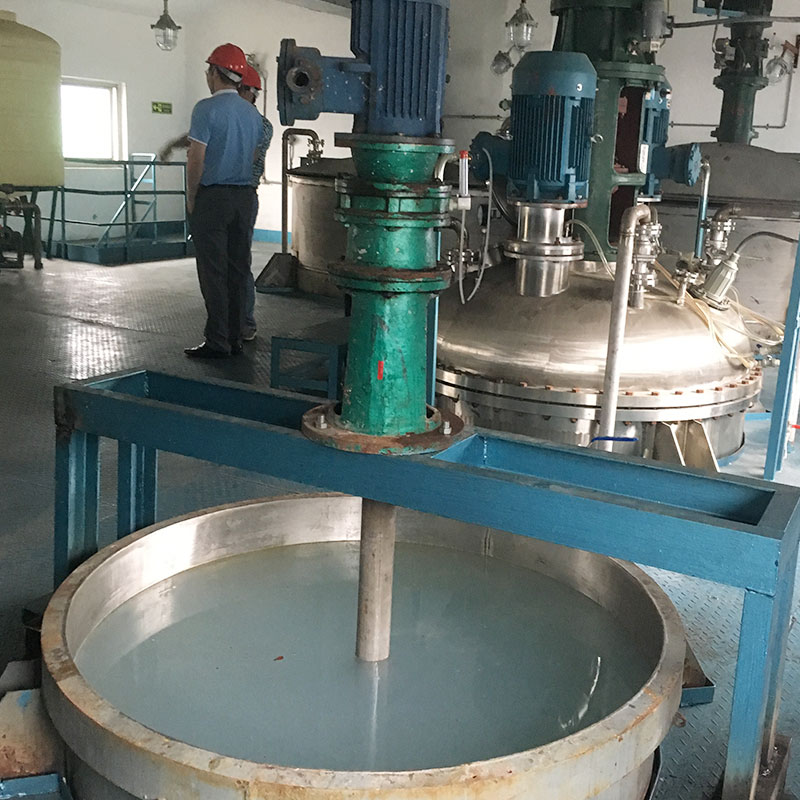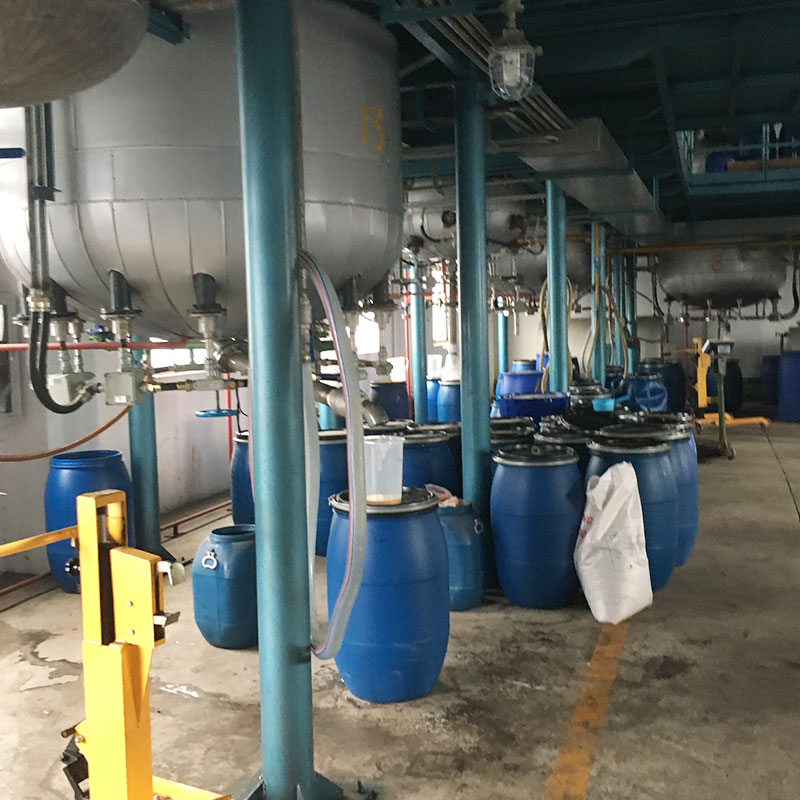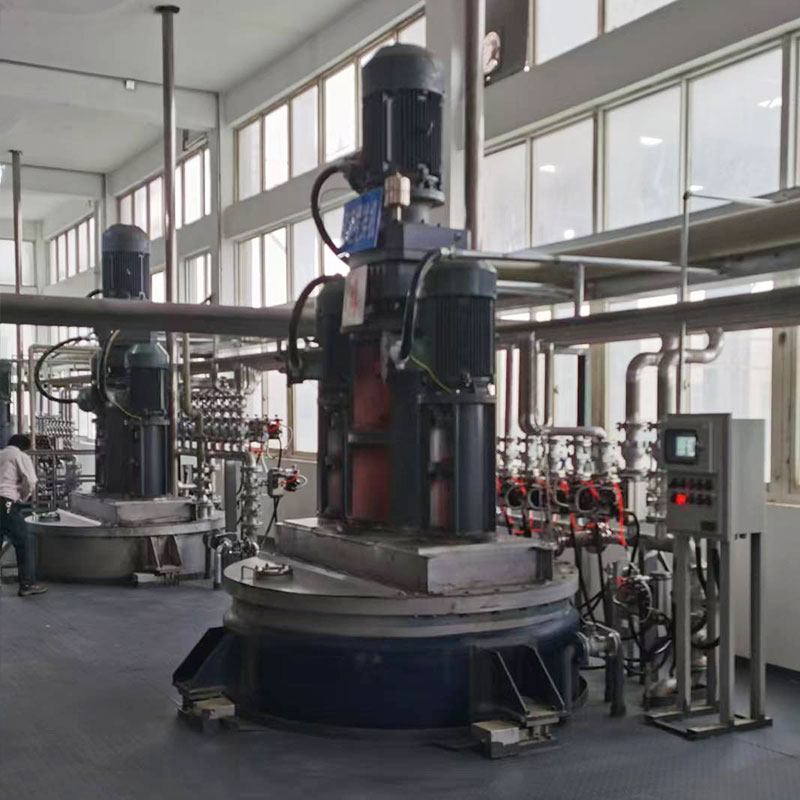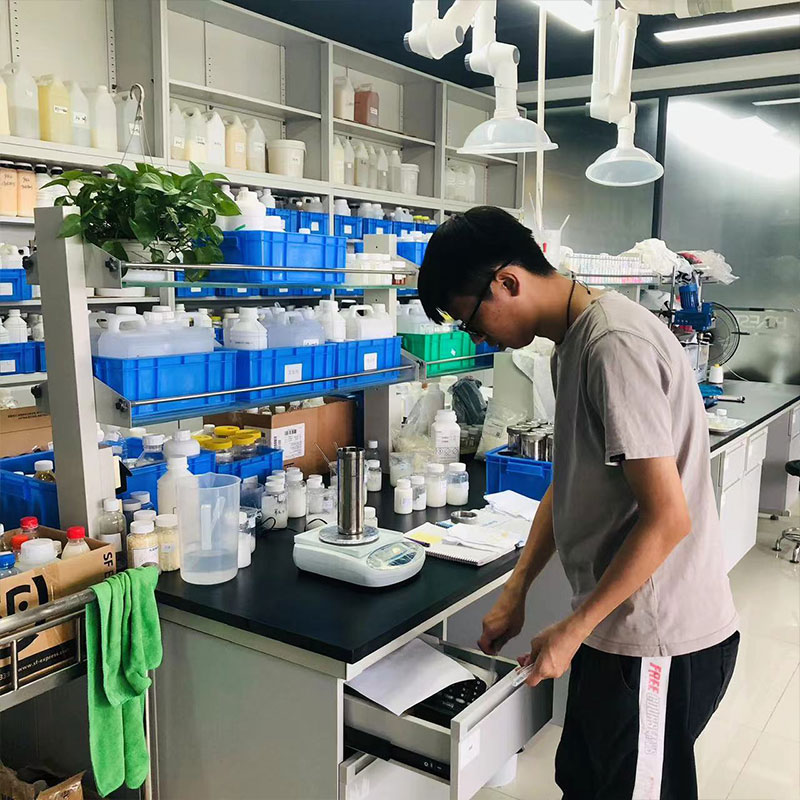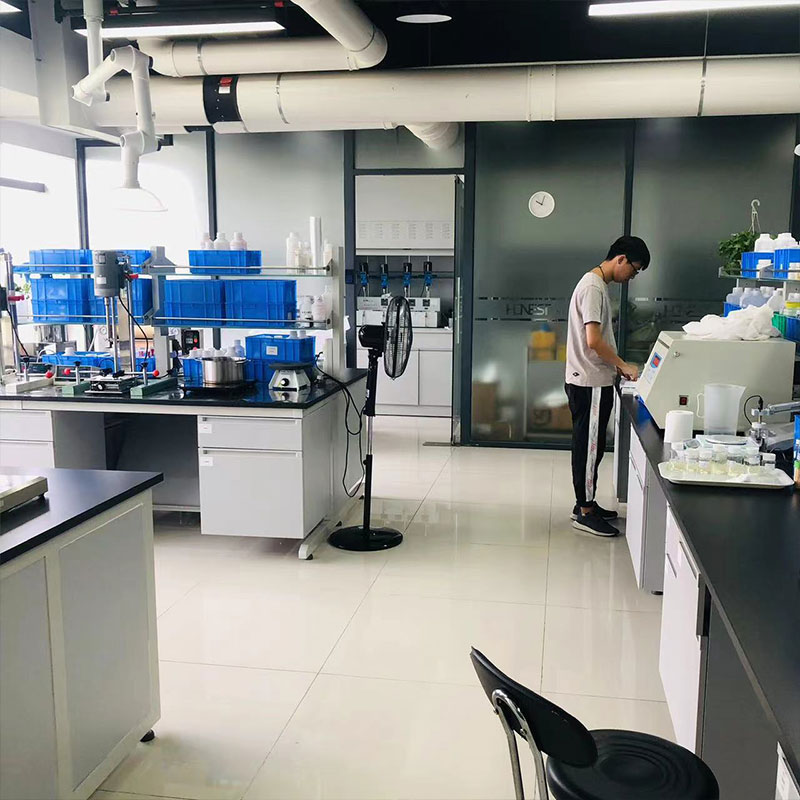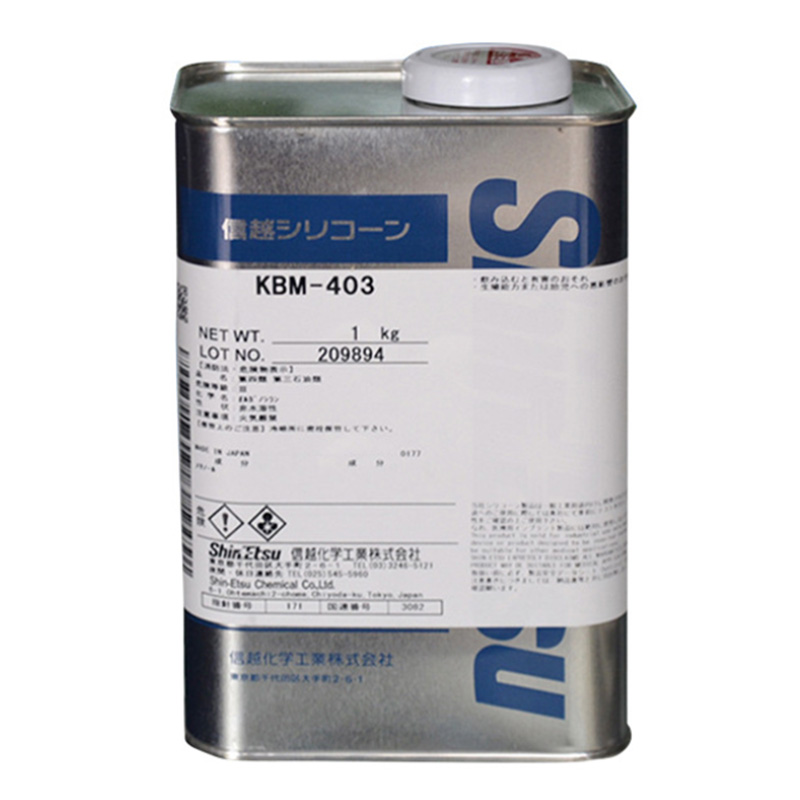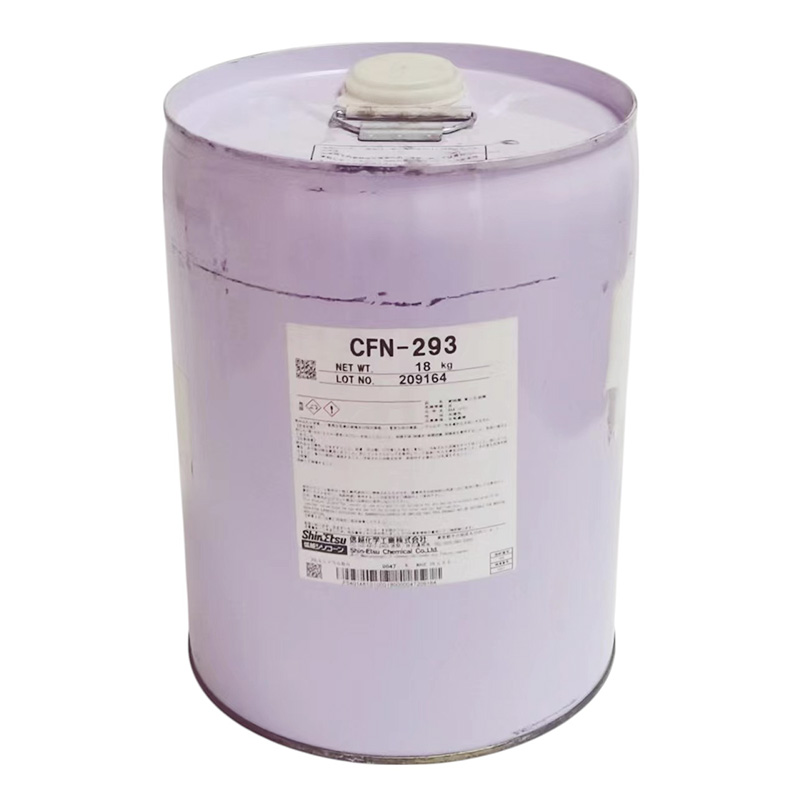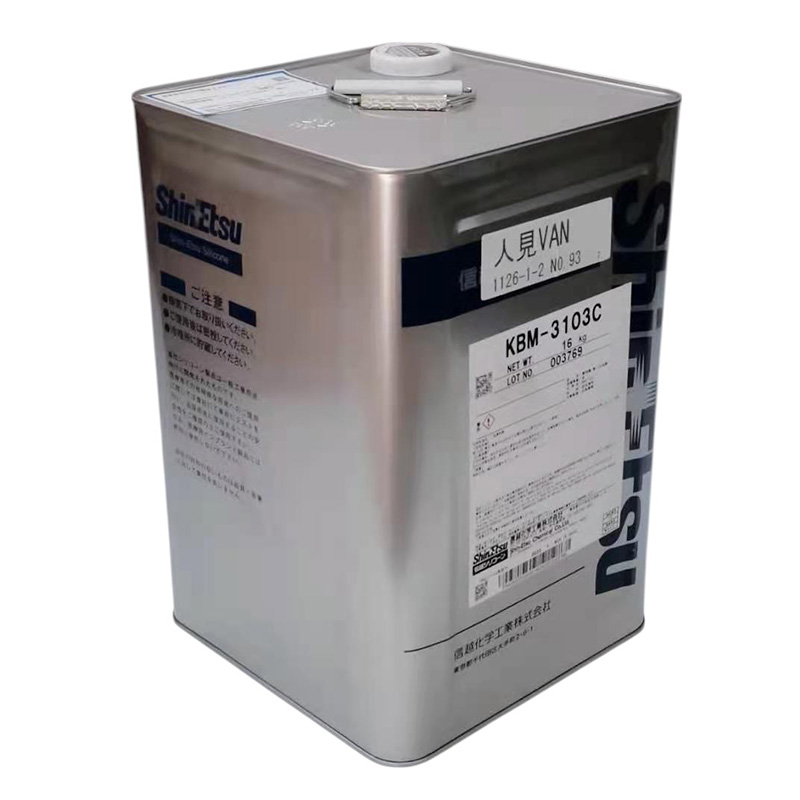
ShinEtsu KBM-3103C - Amino Silane Coupling Agent for Surface Treatment Of Pigments Fillers Resins
-
+852 9408 1652 WhatsApp
-
info@innosiltech.com Email
KBM-3103C is a decyltrimethoxysilane-based coupling agent, available as a clear to pale yellow liquid. It can be used for surface treatment of pigments and fillers, improving their compatibility with organic resins and significantly enhancing adhesion. Its dual reactivity of methacryloxy and methoxy groups enables strong chemical bonds to form at material interfaces. KBM-3103C is TSCA listed and suitable for long-term use in coatings and composites.
products parameters
| Composition: | Decyltrimethoxysilane |
| Appearance: | Clear To Pale Yellow Liquid |
| Flashing Point: | 122°C |
| Refractive Index: | 1.421 |
| Boiling Point: | 132 °C |
| Packaging: | 16kg |
key features
Dual Functionality - KBM-3103C contains both methacryloyloxy and methoxy reactive groups in its molecular structure, capable of reacting with organic resins and inorganic substrates, respectively, to form strong covalent bonds. Infrared spectroscopy shows that the functional group conversion rate at the cured interface exceeds 90%, increasing interfacial bonding strength by over 30%, significantly improving the overall bonding performance of the material.
Light-Curing Compatibility - KBM-3103C is well-compatible with photopolymerization systems. Its refractive index of 1.421 allows it to effectively transmit UV energy without attenuation during the light-curing process. Experimental results show that adding 2% KBM-3103C to UV-curable coatings increases the cure rate by 20% and the surface hardness by 15%, significantly improving the performance of the light-curing system.
Moisture Resistance - KBM-3103C exhibits excellent hydrolytic stability. After exposure to 95% relative humidity and 40°C for 500 hours, the bond strength decreases by less than 8%. Its unique hydrophobic structure reduces moisture infiltration and maintains interfacial stability between the resin and substrate, thereby improving the material's durability in high-humidity environments.
Maintaining Flexibility - During the resin curing process, KBM-3103C maintains the substrate's elasticity, preventing embrittlement due to interfacial crosslinking. Mechanical testing data shows that composite materials incorporating this product exhibit a 12% increase in elongation at break compared to unincorporated composites, while maintaining 95% of their flexural modulus.
Multi-Material Compatibility - KBM-3103C exhibits excellent adhesion to a variety of substrates, including glass, metal, and mineral fillers. Experiments have shown that tensile shear strength increased by an average of 25% when applied to aluminum, glass, and silica fillers. Furthermore, after 500 cycles of thermal cycling from -30°C to 80°C, it maintained over 90% adhesion.
Optical Industry - In optical coatings and optical resins, KBM-3103C improves adhesion between the coating and the substrate while maintaining optical clarity. Refractive index testing shows that the coating maintains a transmittance of over 95% in the visible light region, and adhesion remains stable after 500 repeated wipes, making it suitable for the preparation of precision optical lenses and optical protective films.
Printing Industry - In UV-curable inks and coatings, KBM-3103C can be used as an adhesion promoter to improve ink adhesion to plastics, metals, and glass. Experiments have shown that adding KBM-3103C to the surface of polypropylene film improves the adhesion grade of the printed layer from 0B to 5B, significantly enhancing print durability and surface stability.
Composites - In glass fiber-reinforced plastics, KBM-3103C significantly improves the bond between the fiber and the resin. By adding 1.5% KBM-3103C treatment agent, the composite material's flexural strength increased by 18% and interlaminar peel strength by 22%, showing broad application prospects in automotive lightweighting and building materials.
Electronics Industry - In electronic packaging materials, KBM-3103C can enhance the adhesion of epoxy resin to the substrate, improving packaging stability. Thermal shock tests showed that after 500 cycles in an environment between -40°C and 150°C, the interfacial bonding strength retention rate exceeded 92%, effectively reducing delamination and cracking caused by thermal fatigue.
Automotive Industry - In automotive coatings and sealing materials, KBM-3103C can improve the adhesion of coatings to metal substrates and enhance corrosion protection. Salt spray test results showed that automotive coatings treated with this product showed no noticeable peeling or blistering after 1000 hours of salt spray exposure, significantly improving the protective performance and service life of the vehicle body.



